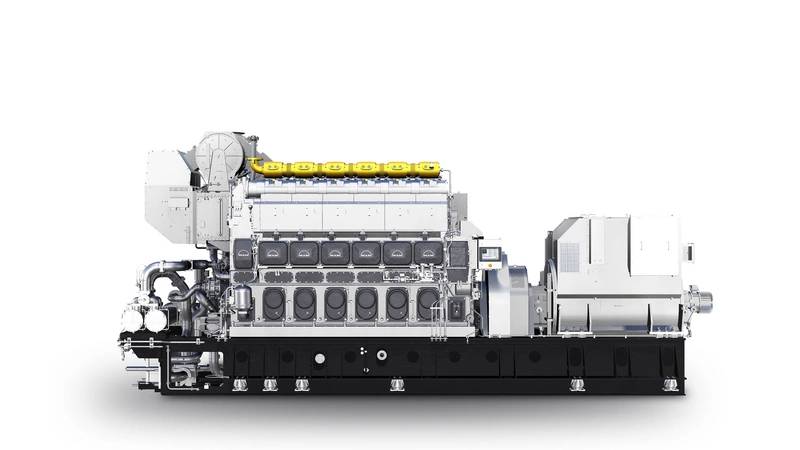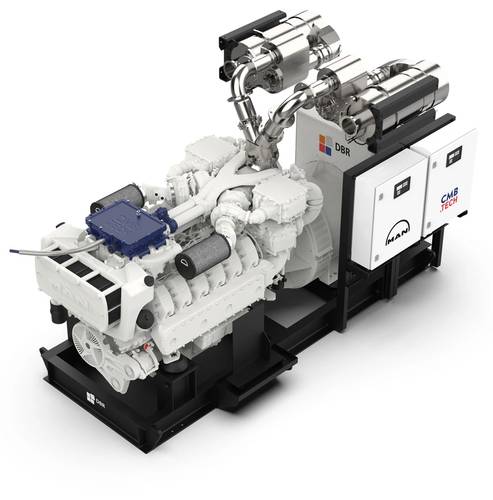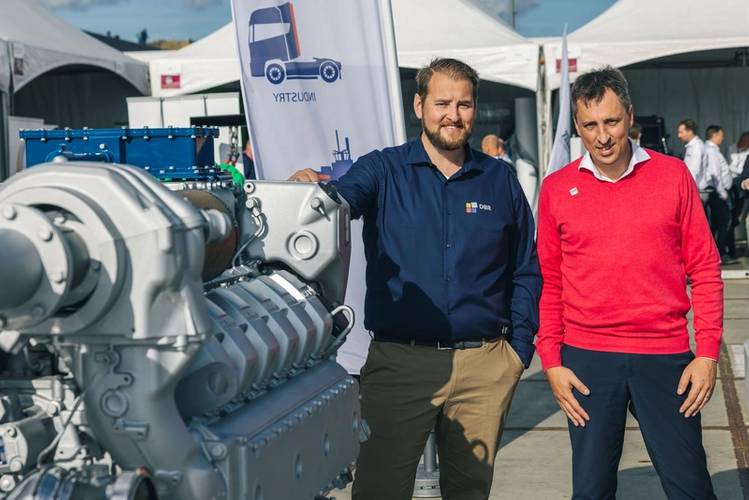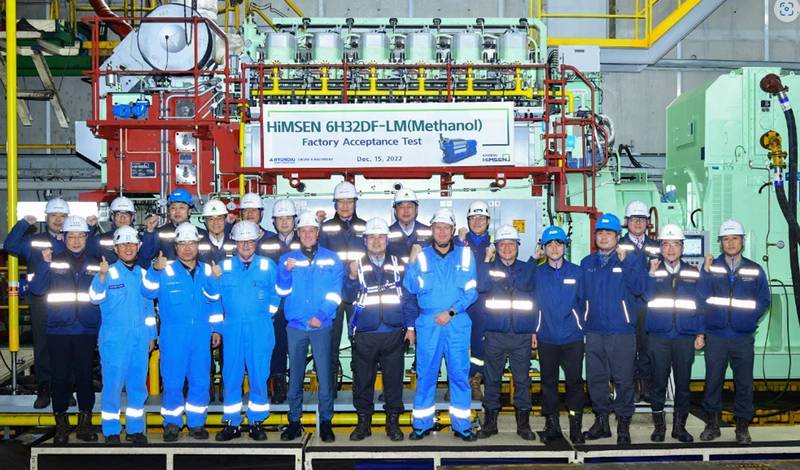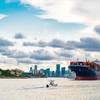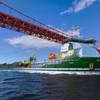Gensets: New Fuels but Perennial Goals
Fuel flexibility may be a key driver for recent developments in gensets, but the perennial goals of lowering CapEx and OpEx remain.
Fuel flexibility is one of the pillars of decarbonization that is being embraced by genset OEMs. Fuel efficiency, a second pillar, goes hand in hand with that because new fuels will be more expensive, but these concerns come in addition to the on-going drive to reduce CapEx and OpEx for shipowners.
MAN Energy Solutions introduced its auxiliary MAN 35/44DF CD engine in June 2023. It is designed to be future-proof and will be ready for methanol operation by 2026. Sephardim Koblenz, Head of Licensing, MAN Energy Solutions, notes though: “Both shipyards and shipowners greatly appreciate auxiliary engines that are easily installed and maintained, while reliability and cost-optimization are also key.”
MAN also recently received its first order for small-bore, seven-cylinder MAN 21/31DF-M methanol-burning gensets for six PCTCs being built by China Merchants Heavy Industry for China Merchants Energy Shipping. The 21/31DF-M is based on a simple port fuel-injection concept that optimizes reliability, while simultaneously minimizing capital outlay.
“The foundation for the new L21/31DF-M genset is the existing L21/31 genset which has accumulated more than 55 million operating hours with thousands of engines in service,” says Bjarne Foldager, Senior Vice President and Head of Two-Stroke Business. “The L21/31DF-M power range spans 1,000-1,980kW, which makes it suitable for most merchant vessels.”
Foldager expects methanol to figure prominently as a future fuel across all vessel segments. “The new genset benefits from the high reliability, high performance and fuel flexibility of the 21/31 engine platform, while the possibility to operate on green methanol as a drop-in fuel increases its fuel-flexibility. Simultaneously, it also increases methanol's potential as an option for genset power generation aboard large marine merchant vessels.”
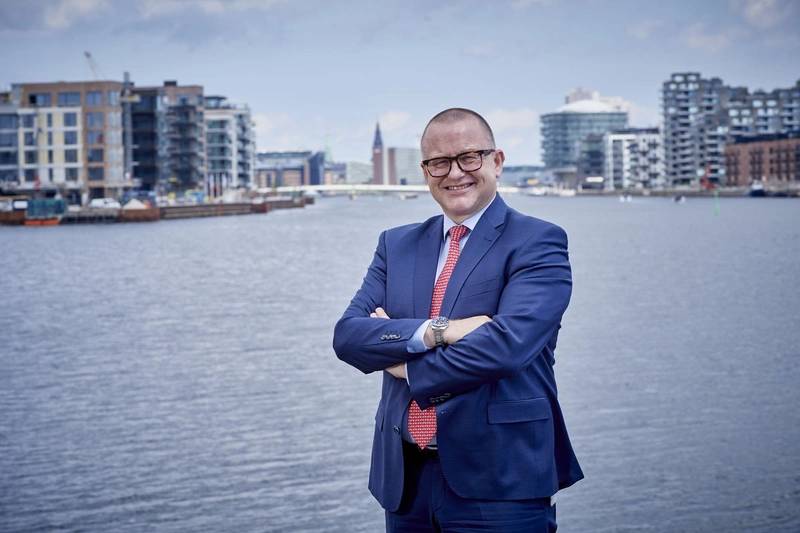 Bjarne Foldager: The L21/31DF-M power range spans 1,000-1,980kW, which makes it suitable for most merchant vessels. Image courtesy MAN ES
Bjarne Foldager: The L21/31DF-M power range spans 1,000-1,980kW, which makes it suitable for most merchant vessels. Image courtesy MAN ES
Other OEMs also have new fuel developments on-going. HHI-EMD has developed a 4-stroke HiMSEN methanol engine, and Caterpillar Marine is designing alternative-fuel gensets with a current focus on methanol. Yanmar Power Technology is concurrently developing hydrogen, ammonia and methanol engines and has commercialized a hydrogen fuel cell system.
Volvo Penta and CMB.TECH have collaborated to create dual-fuel, hydrogen engines, and CMB.TECH’s collaboration with DBR has seen the development of dual fuel hydrogen gensets. The core of the technology is the proven MAN V12-24l engine. The genset has a maximum output of 940kVA / 752 kWe at 60 Hz (1800 rpm) and can operate on diesel or in dual fuel mode where emission savings of up to 83% can be achieved. The genset is also available in 50Hz (1500rpm) which can deliver 822kVA of power.
Wärtsilä announced in August that it will supply methanol-fueled Wärtsilä 32M auxiliary gensets for six 15,000 TEU container ships which are being built at the Dalian Shipbuilding for CMA CGM. Future fuels development is a key part of Wärtsilä’s decarbonization strategy, but when asked what the most important developments in gensets were, Janne Klemola, General Manager, Product Management – Wärtsilä Marine Power, said: maximizing fuel efficiency.
“That’s why one of the most important developments in gensets is around improving the reliability of the power - this can support with driving higher fuel efficiency and in turn lowering overall emissions from a vessel. What’s more, if you can also extend the time needed between overhauls and/or major repairs - through using cutting edge artificial intelligence and advanced diagnostics – this can help vessel owners improve asset efficiency and reduce both operating costs and emissions.”
 Janne Klemola: One of the most important developments in gensets is around improving the reliability of the power. Image courtesy of Wärtsilä.
Janne Klemola: One of the most important developments in gensets is around improving the reliability of the power. Image courtesy of Wärtsilä.
Klemola sees this as part of a larger endeavor to continue to refine and enhance genset technology. Another part is the ongoing development of genset automation and integration of controls with other systems, such as energy storage systems.
Mark Harrison, Product Strategy Manager for Caterpillar Marine, says: “The most important developments that we are seeing in gensets at the moment is how they are being applied differently in modern power systems. How can we best utilize batteries, hybrids, and gensets in harmony to achieve our objectives? Can those benefits overcome the inherent CapEx and OpEx challenges? At Caterpillar, we are focusing on overall system efficiency: Are our generators optimally sized? Are those generators operating at peak efficiency? Can we start or stop a genset to operate at a more efficient point from an overall vessel perspective? Are we optimizing the usage of electrons versus fuel molecules for the best blend of reliability and efficiency?”
The days of simply specifying in gensets seems to be fading quickly, he says. “Customers now need to decide more than ever if larger gensets for reliability are more important than smaller, more power dense ones, based on how they are expected to operate in real life. One specific change we are expecting is the generators of the future (integrated into hybrid systems) will operate at much higher load factors. Have we optimized the gensets for this new reality?”
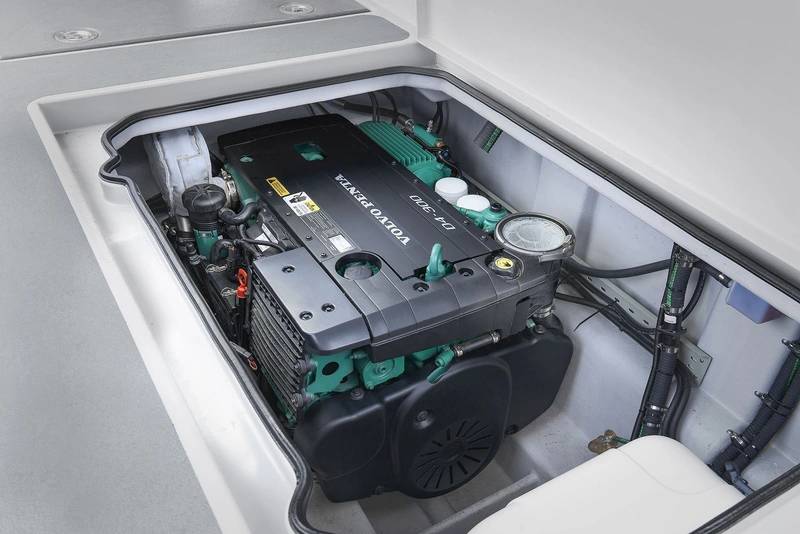 Volvo Penta and CMB.TECH have collaborated to create dual-fuel, hydrogen engines. Image courtesy of CMB.TECH.
Volvo Penta and CMB.TECH have collaborated to create dual-fuel, hydrogen engines. Image courtesy of CMB.TECH.
A modular, hybrid and fuel-flexible approach to onboard power has the potential change thinking about gensets and ship design, and it is becoming evident in newbuilding orders. Dutch shipping company Transtal Shipping has signed a contract with Thecla Bodewes Shipyards for the construction of a 5,100-dwt diesel-electric multi-purpose vessel. Fuel flexibility is key to the design which incorporates three gensets and two electric motors. The vessel is ready for future fuels such as methanol or hydrogen, with space reserved on board for alternative energy sources without having to replace the electric propulsion system.
Sam Gombra, co-founder of ÈTA Shipping, came up with a highly flexible solution for a coastal cargo ship. The design, ÈTA 6700, is initially diesel-electric, but is designed so that it can sail on methanol, ammonia or hydrogen in the future. There is no main engine. Initially, power is provided by three 600kW Mitsubishi generators, each installed in its own container, but it is possible to incorporate any containerized sustainable power source. Gombra estimates that it will take less than a day to remove the existing power generation system and replace it, without the need for a shipyard. The company has already partnered with Mercuria on a series of vessels expected to be delivered starting in 2025.
Transtal Shipping and Mercuria are demonstrating the desire for fuel flexibility shipowners have as they endeavor to balance regulation with technology developments and economics. Genset OEMs are working to ensure their CapEx and OpEx can be minimized as well.
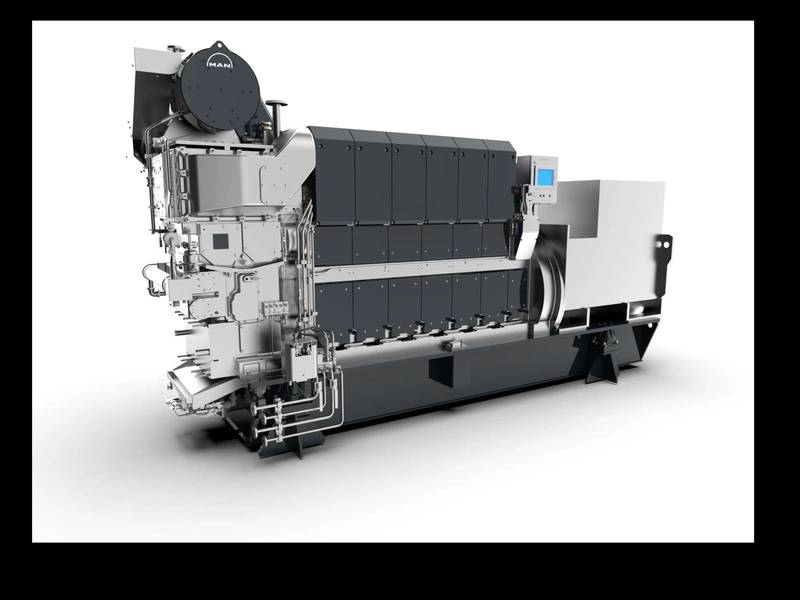 MAN has received its first order for small-bore, seven-cylinder MAN 21/31DF-M methanol-burning gensets for six PCTCs. Image courtesy of MAN Energy Solutions
MAN has received its first order for small-bore, seven-cylinder MAN 21/31DF-M methanol-burning gensets for six PCTCs. Image courtesy of MAN Energy Solutions










